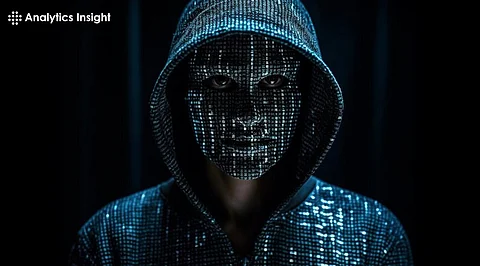

The digital age has grown into an era of unprecedented connectivity and information flow. However, this very convenience has created a breeding ground for Deepfake Scams and manipulation. Deepfake scams, a relatively new phenomenon, pose a significant threat in this landscape. These artificially created videos or audio recordings can be incredibly realistic, making it difficult to distinguish between real and fabricated content. This has opened a dangerous door for scammers who are increasingly leveraging deepfakes for financial gain and other malicious purposes.
Deepfake Technology is the offspring of artificial intelligence techniques. These techniques empower software to analyze vast amounts of source material, such as videos or audio recordings. The software then leverages this information to synthesize realistic forgeries. In the realm of video deepfakes, facial features and body movements are meticulously mapped onto existing footage, creating the illusion that someone is saying or doing something entirely different. Audio deepfakes, on the other hand, manipulate voices to mimic someone else's, enabling the creation of fabricated interviews or phone calls.
The potential for deepfakes to be misused is vast and deeply concerning. Scammers can exploit this technology to impersonate trusted figures, such as CEOs, colleagues, or even family members. Imagine receiving a video call that appears to be from your company's CEO, urgently requesting a wire transfer for a critical business deal. Or a phone call from your "son" stuck abroad, pleading for money to cover unexpected travel expenses. Deepfakes can evoke a sense of urgency and trust, making them particularly dangerous tools for social engineering scams.
With deepfakes becoming more sophisticated and prevalent, it's crucial to develop strategies to protect ourselves from falling victim to these scams. Here are some key steps you can take:
Cultivate Healthy Skepticism: Don't blindly trust everything you see or hear online, especially if the content seems unbelievable or emotionally charged. Take a moment to pause, reflect, and verify information before taking any action.
Verification is Key: If you receive a request that seems suspicious, especially one involving money or sensitive information, try to verify it through a trusted channel. For instance, call the company directly or reach out to the person in question using a previously established method of communication. Don't rely solely on the information presented in the deepfake itself.
Scrutinize the Source: Pay attention to the source of the information. Was the video uploaded by a reputable news organization or a random, unfamiliar account? Look for inconsistencies in the video or audio quality that might indicate manipulation. Amateurish production quality or subtle glitches in facial expressions or body language can be red flags.
Stay Informed: Keep yourself updated on the latest developments in deepfake technology. Familiarize yourself with the common tactics used by deepfake scammers. The more you know, the better equipped you are to spot red flags.
Utilize Cybersecurity Services: Consider using security software that can help detect potential deep fakes. These tools may analyze video and audio characteristics to identify inconsistencies that might indicate manipulation. However, it's important to remember that these tools are not foolproof, and staying vigilant remains essential.
Combating the threat of deepfakes by VPNRanks requires a multi-pronged approach. On the regulatory front, governments need to develop frameworks that address the creation and distribution of malicious deepfakes. This might involve legislation that criminalizes the use of deepfakes for fraudulent purposes or mandates takedown procedures for harmful content.
Education also plays a crucial role. By raising awareness about deepfakes and empowering individuals with critical thinking skills, we can create a more resilient digital society. Educational initiatives should target both the general public and high-risk groups, such as journalists and politicians who are more likely to be targeted by deepfakes. Equipping these individuals with the ability to discern genuine content from fabricated media is essential.
The digital age presents a complex landscape, and deepfakes are a stark reminder of the challenges and vulnerabilities that come with it. By understanding the technology, developing personal defense mechanisms, and advocating for a multi-faceted approach that includes regulation and education, we can navigate this new world and mitigate the risks posed by deepfakes.
